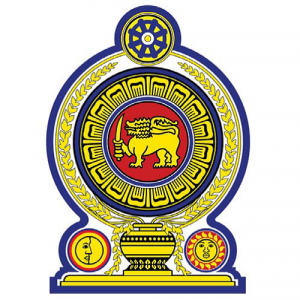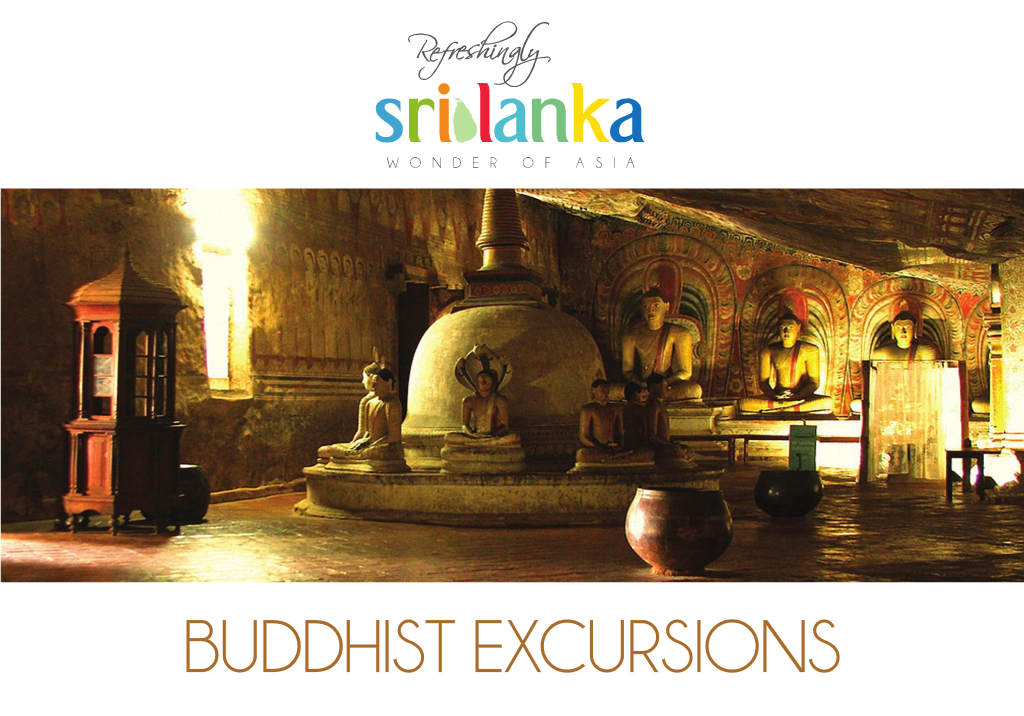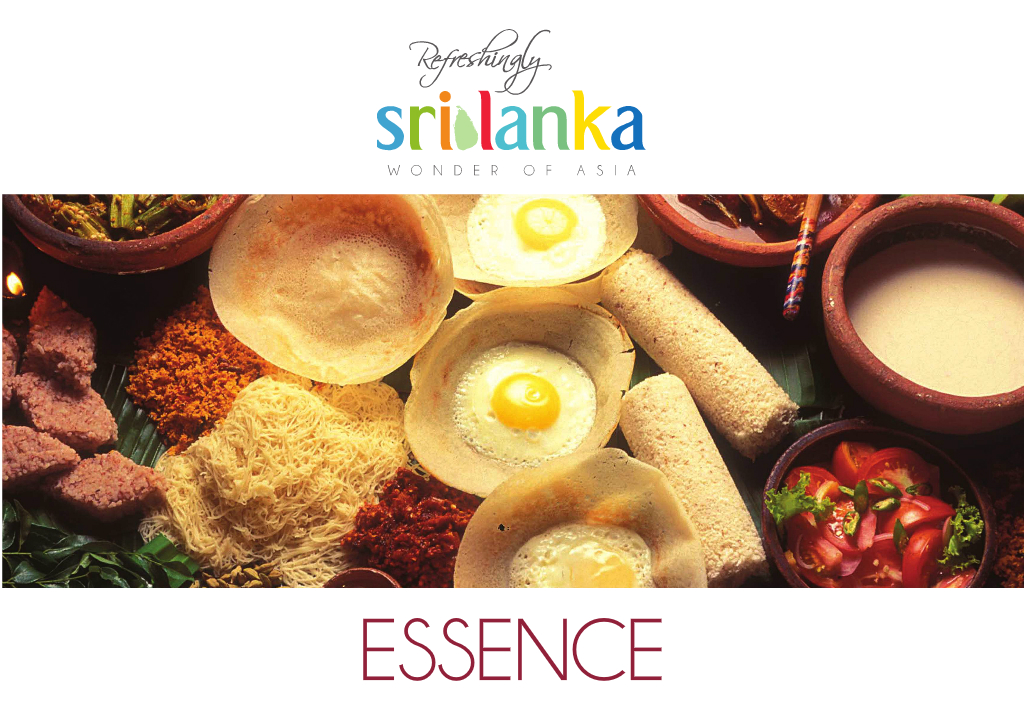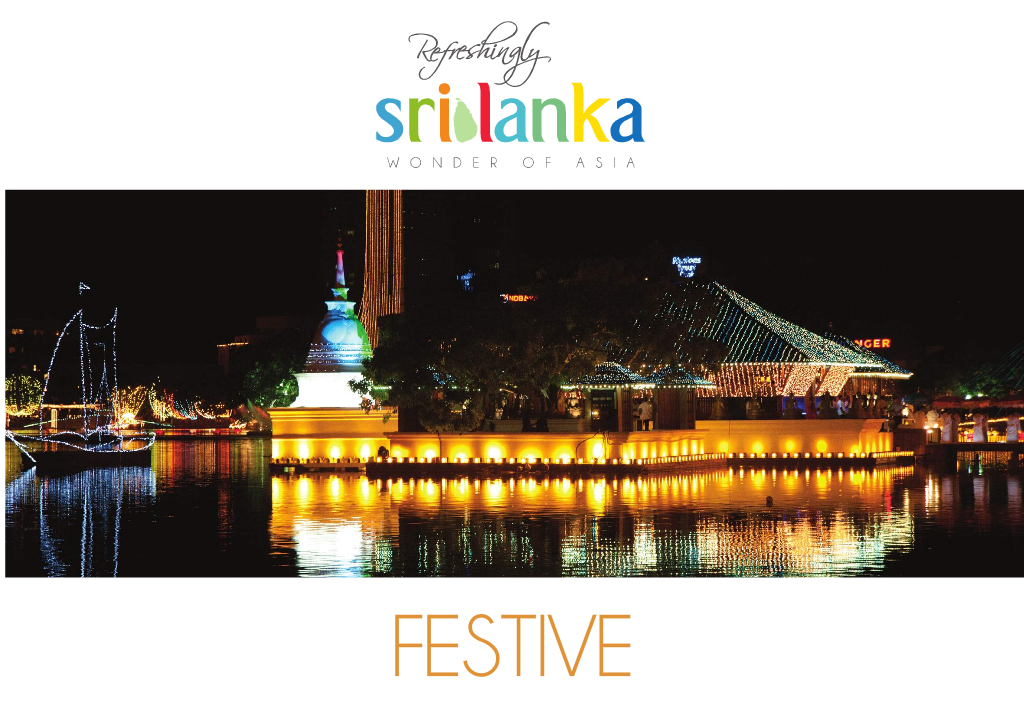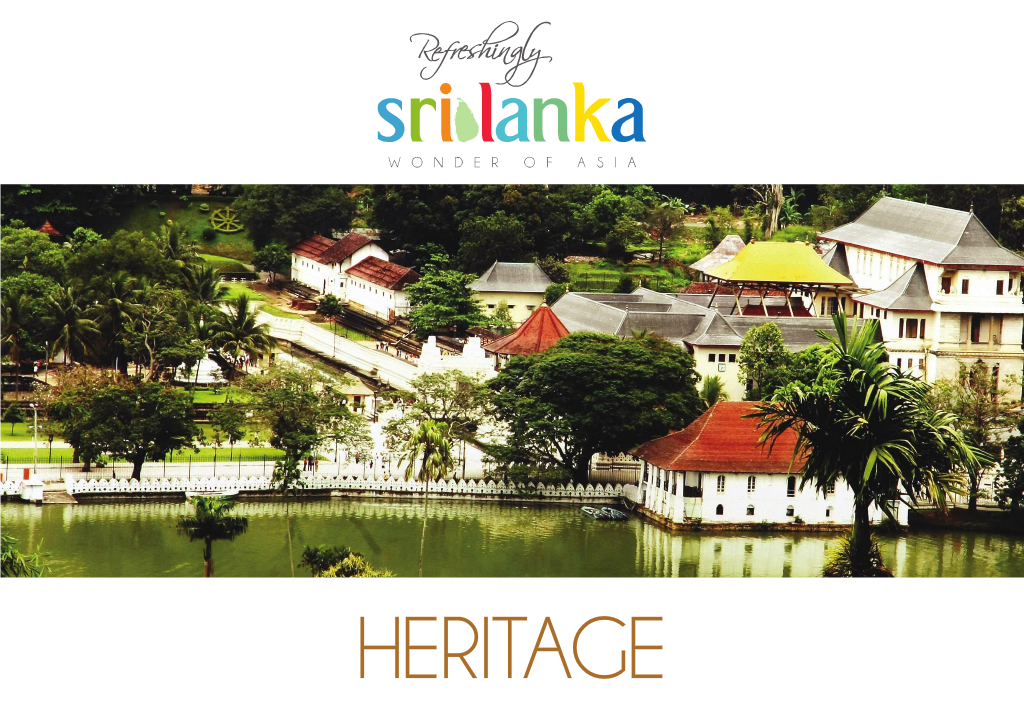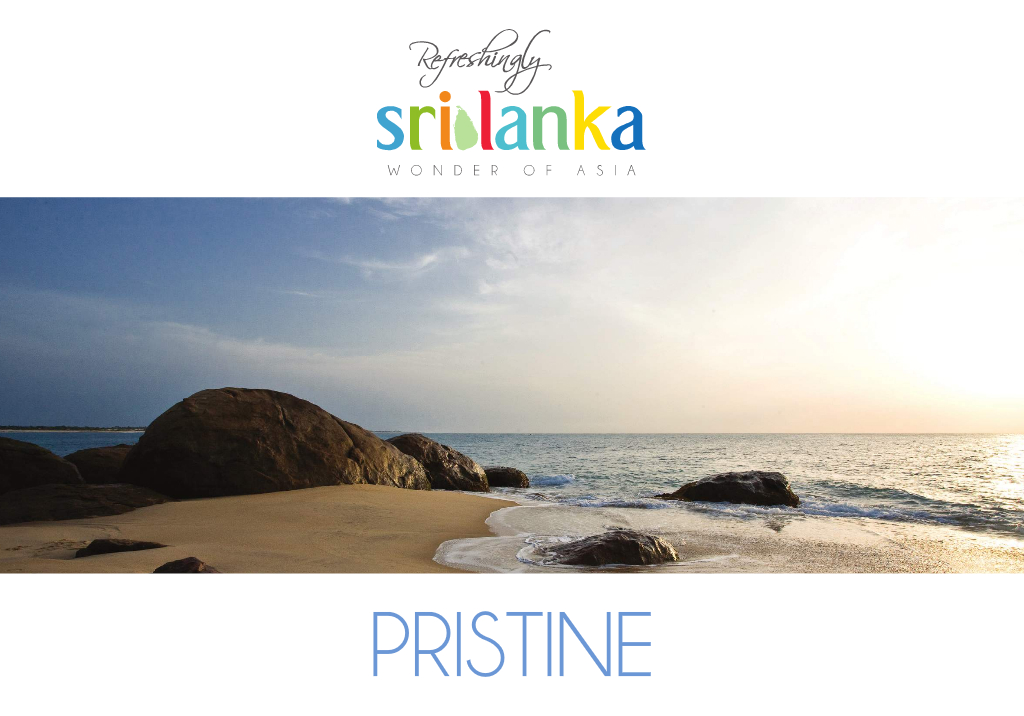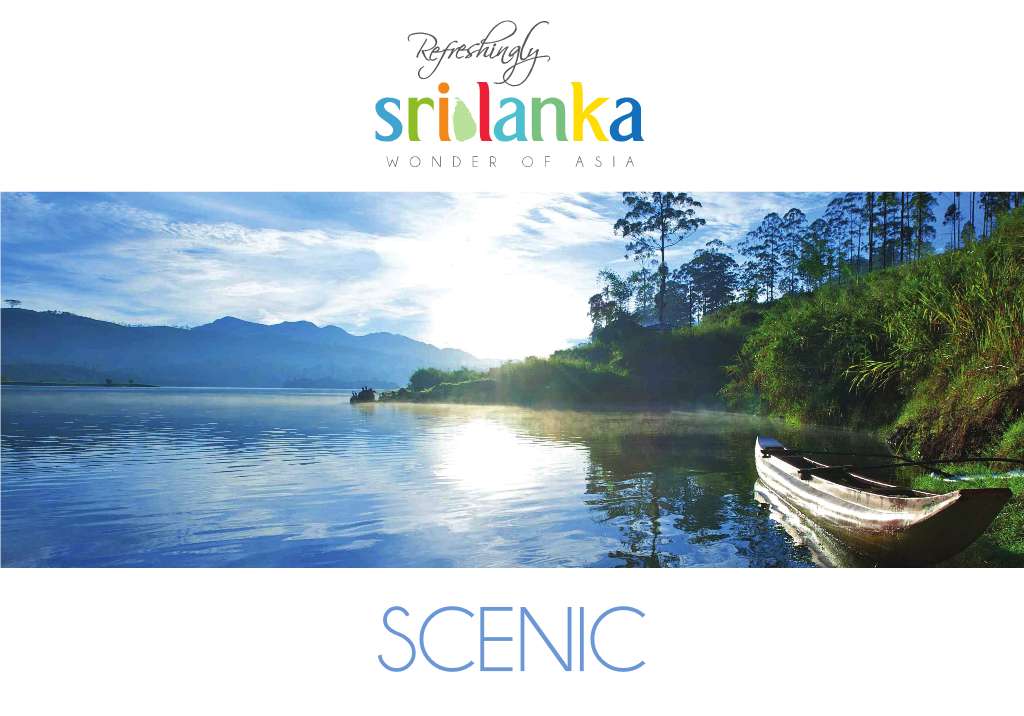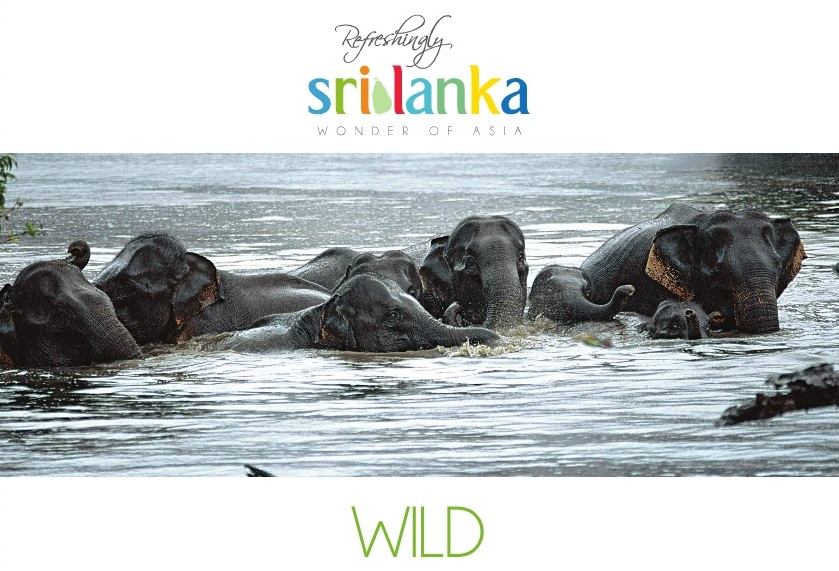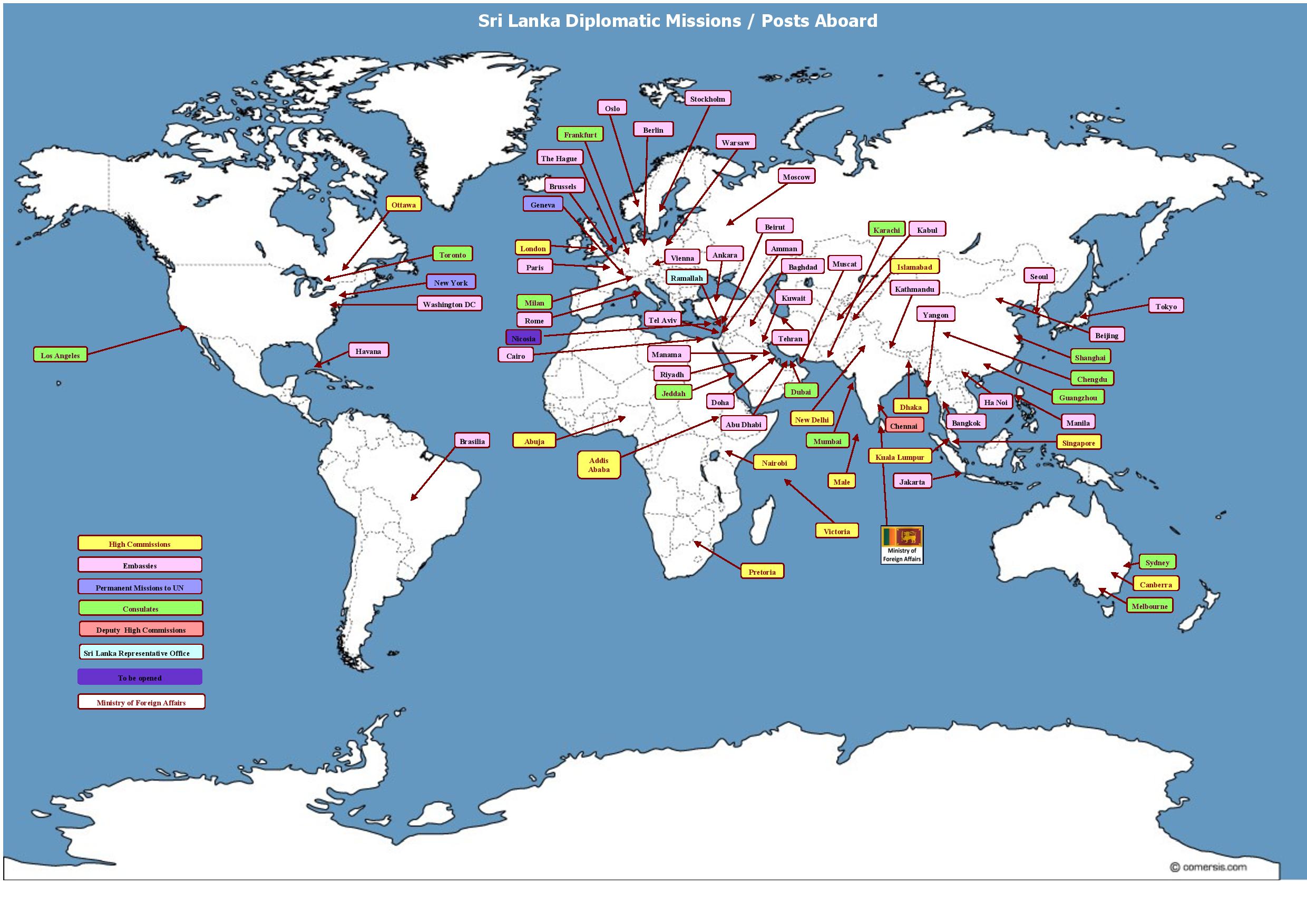Sri Lanka Tourism
-
Invest in Sri Lanka
-
About Sri Lanka
-
Sri Lanka Tourism
-
How to Visit Sri Lanka
WHY SRI LANKA?
- Strategic Location, Best International & Regional Connectivity: Sri Lanka remains a key maritime & logistics hub for over a millennium, due to its location at the center of all major sea routes connecting Asia to the rest of the World.
Today, Sri Lanka is regaining its position as a hub, connecting Asia with the rest of the world. Its proximity to all major ports in the Indian sub-continent, with Colombo port being the number one port in the region, provides the best connectivity. For example, using Colombo port in transit can save up to 5 days compared to using Singapore port.
- Superior Infrastructure: Sri Lanka has one of the best infrastructure facilities in South Asia and is substantively investing in upgrading seaports, airports and logistics infrastructure.
- Sea Ports:
Colombo Port Expansion Project (CEPP): The Colombo harbour is extended by 600 ha as the Colombo South Harbour with 3 new terminals. The first one – the South Container Terminal – is in operation since 2013.
Hambanthota Port Phase II: Hambanthota Port in the South, a free and green port, is in operation since 2012 with zero deviation time from the international shipping route. Phase II of the port is underway. It will be a major industrial and service port with great investment opportunities.
2. Airports:
Bandaranaike International Airport Phase II, Stage II: Sri Lanka’s main airport with state-of-the-art facilities of international status, is at its development Phase II, Stage II, where the Terminal 2 covering 18,000 sq m floor area and 31 A multi-level terminal, with two pier passenger terminals for separate arrival and departure facilities will be erected.
Mattala Rajapaksa International Airport (MRIA) is Sri Lanka’s second international airport, located in Mattala, in the Southern province. It is in close proximity to several tourist attractions such as Udawalawe National Park, Sinharaja Rainforest, Yala National Park, Arugam Bay and the Galle Dutch Fort.
- Logistics Infrastructure:
Western Region Megapolis Planning Project (WRMPP): The WRMPP aims to position Colombo as Asia’s next ‘Global City’ and envisions a spatial and structural transformation of the entire Western Province.
Colombo International Financial City (CIFC): A 269 ha of reclaimed waterfront land off Colombo Central Business District will fill the vacuum for a financial city between the cities of Singapore and Dubai.
- Ease of Doing Business: Sri Lanka ranks far ahead of other South Asian countries in the Ease of Doing Business index (2016). Starting a business takes just one week, under one stop shop of the Board of Investment of Sri Lanka (BOI). Low cost of trading across borders and less time to trade across borders is an added advantage.
- Educated Workforce: Human capital is on par with East Asia ranking 50 at the Human Capital Index (2016). Adult literacy rate is 93.2% (2016).
- Quality of Life: Better Human Development Indices with better standards of living: life expectancy at birth 74.9 (2015) & less maternal mortality with best air pollution indices in the region.
- Open Economy: First South Asian country to liberalize economy in 1977. Assured investor protection with 100% foreign ownership allowed (with a few exceptions) with 100% repatriation of profits. Double Tax Avoidance Agreements with 38 countries and Bilateral Investor Protection Agreements with 28 countries. Member of the Multilateral Investment Guarentee Agency (MIGA) of the World Bank.
- Technology & Innovation: Sri Lanka ranks 46 in the Global Innovation Index (2016). Plans for a nanotechnology park are also in the pipeline.
WHERE TO INVEST?
There are 13 Industrial Parks and Export Processing Zones in Sri Lanka, with best infrastructure facilities & connectivity to ports.
Top sectors which attracted Foreign Direct Investments in 2016:
Telephone and telecommunications Hotels and Restaurants
Rubber Products Housing Property Development and Shop Office
Food, Beverage and Tobacco Non-metalic mineral products
IT and BPO Textile, wearing apparel and leather
OTHER AREAS:
Real Estate Infrastructure
Tourism Higher Education
Agriculture and Fisheries Boat and Sail
Petroleum Products Gem and Jewelry
Light Engineering Pharmaceuticals
Further Information:
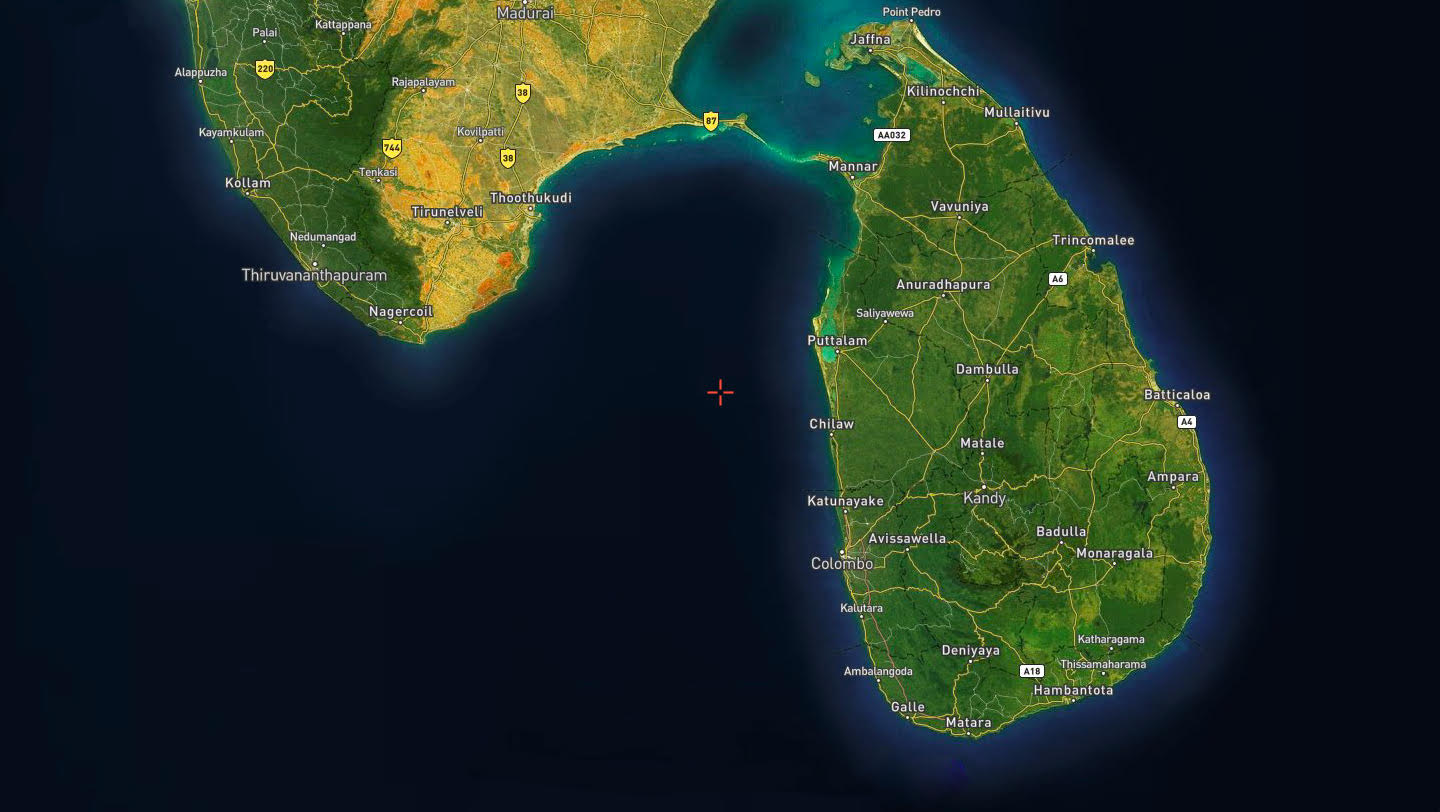 Located in the Indian Ocean in South Asia, the tropical island nation of Sri Lanka has a recorded history of over two millennia. A multi-ethnic, multi-religious country with a rich cultural heritage influenced by Buddhism, Sri Lanka is a place where nature’s beauty remains abundant and unspoilt.
Located in the Indian Ocean in South Asia, the tropical island nation of Sri Lanka has a recorded history of over two millennia. A multi-ethnic, multi-religious country with a rich cultural heritage influenced by Buddhism, Sri Lanka is a place where nature’s beauty remains abundant and unspoilt.
Sri Lanka as a tourist destination, offers a traveler a remarkable and unique combination of stunning landscapes, pristine beaches and captivating cultural heritage. Within a mere area of 65,610 square kilometers are eight (8) UNESCO World Heritage Sites, 1,330 kilometers of coastline-much of it pristine beach-15 national parks showcasing an abundance of wildlife, nearly 500,000 acres of lush tea estates, 250 acres of botanical gardens, 350 waterfalls and 25,000 water bodies.
The Island of Sri Lanka referred, to as the Pearl of the Indian Ocean, was known as Serendib, Taprobane and Ceylon at different points of time in its long history.
National Flag of Sri Lanka
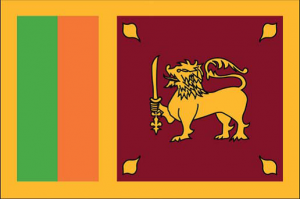
The necessity of a National Flag was discussed even before Sri Lanka gained independence on 04 February 1948. Mr. A. Sinnalebbe, MP for Batticaloa tabled a motion in the State Council on 16 January 1948 suggesting that the Lion Flag of King Sri Wickrama Rajasinghe which was taken to Britain in 1815 should be made the National Flag. This was debated and later Prime Minister Rt. Hon. D.S. Senanayake named an Advisory Committee with Mr. S.W.R.D. Bandaranaike (Chairman), Sir John Kotalawela, Mr. J.R. Jayewardene, Mr. T.B. Jayah, Dr. L.A. Rajapakse, Mr. G.G. Ponnambalam and Senetor S. Nadesan.
Although a Committee for the formulation of a national flag was appointed no finality had been reached when the first Independence Day was celebrated on 04 February 1948. However, the Lion Flag fluttered on that day. The Lion Flag and the British Union Jack fluttered on the occasion of the opening of the first Parliament of Independent Sri Lanka (then Ceylon) on 19 February 1948. Prime Minister D.S. Senanayake unfurled the Lion Flag at the Octagon (Pattirippuwa) during the independence celebration held in Kandy on 12 February 1948.
The National Flag recommended by the special committee was presented to Parliament by Mr. D.S. Senanayake on 02 March 1951 and adopted. It had two stripes, green representing Muslims and the orange representing Tamils. Each of these stripes had to be equal to one seventh the size of the flag.
When Sri Lanka was first made a Republic in 1972, the traditional Bo leaves depicted in the National Flag were changed to resemble natural Bo leaves. This amended flag was first unfurled at the Republic Day celebration held on 22 May 1972. The National Flag is incorporated in Section 6 Second Schedule of the Constitution of the Democratic Socialist Republic of Sri Lanka of 09 September 1978.
Except for the new Bo leaves the present flag is the same flag recommended by the National Flag Formulation Committee on 02 March 1951.
National Emblem of Sri Lanka
Sri Lanka used the British emblem when it was a British Crown Colony, and continued to use it even after gaining independence in 1948. According to the recommendations of a select committee appointed to devise a state emblem more suitable for Sri Lanka, the (Ceylon) they opted for a new State Emblem. It had a Lion with Sword in its right fore paw encircled with a ‘Palapethi’ design a top. Below there was a strip carrying the country’s name in Sinhala, Tamil and English.
A new republican emblem was chosen after the country was declared a Republic on May 22, 1972. In addition to the lion with a sword and the ‘Palapethi’ design it portrays the punkalasa’, dhammachakka, sun, moon and two cheaves of paddy.
National Flower of Sri Lanka
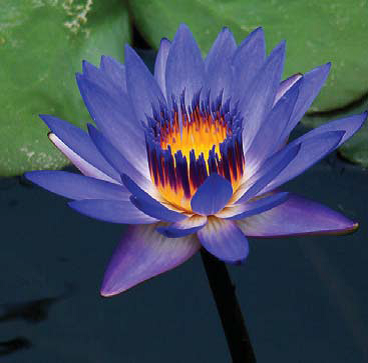
The Nil Mahanel flower was declared the National Flower of Sri Lanka on February 26, 1986. Its botanical name is ‘Nympheae Stellata’. This flower is mentioned in many Sinhala, Pali and Sanskrit Literary works. The flower which is also referred to as “Kuvalaya”, “Indheewara”, “Niluppala”, “Nilothpala” and “Nilupul” occupies a pre eminent position in Buddhist literature too. It is said the ‘Nil Mahanel Flower’ was among the 108 ceremonial designs found on the footprint of Prince Siddhartha. This proves that it had been a ceremonial flower throughout history. It is believed that the damsels depicted in Sigiriya Frescoes also carry the Nil Mahanel flower in their hands. Traditional poetry known as “Sandesa Kavya” likens women’s eyes to the Nil Mahanel flower which has also been used as an ear ornament.
The Nil Mahanel plant which grows in shallow waters is found in all parts of the country. The flower which is purplish blue in colour has a heavy concentration of petals in the centre. The Nil Mahanel flower is also considered a symbol of truth, purity and discipline.
National Tree of Sri Lanka
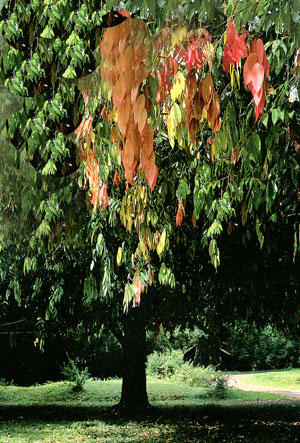
A proposal made to declare the Na Tree as the National Tree was adopted by the Cabinet on February 26, 1986. Socially and culturally Sri Lanka has been closely associated with the Na Tree for centuries. It was chosen as the National Tree for 7 reasons.
(1) It is a tree which originated in Sri Lanka;
(2) Its utility;
(3) Historic and Cultural importance;
(4) Exterior posture;
(5) Wide distribution;
(6) Colour and nature;
(7) Ability to draw and sketch it easily.
Botanically it is called “Mesua Nagassarium” and in English it is called the Iron Wood tree. An indigenous tree it is also grown in parks because of its majestic beauty. As the English name signifies the tree is very hard and durable. The wood is used in building temples and devales.
For More Information :
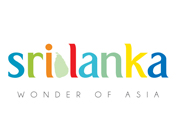
Sri Lanka Tourism E-Brochures and Guides to various attractions, locations, wildlife & sights of Sri Lanka available at:-
http://www.srilanka.travel/index.php?route=information/ebrochures
~General Tourism Guide to Sri Lanka below ~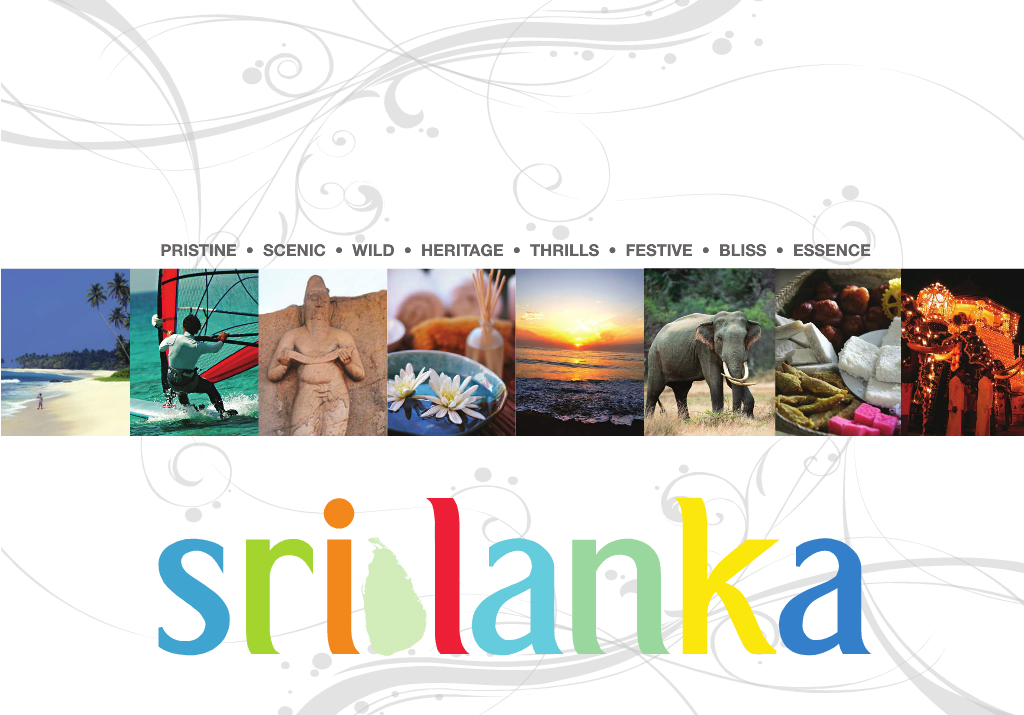
~ Specific Guides below ~
Guidelines for Visas
Resident Guest Scheme Visa Programme
ETA – Electronic Travel Authorization
For More Information:


